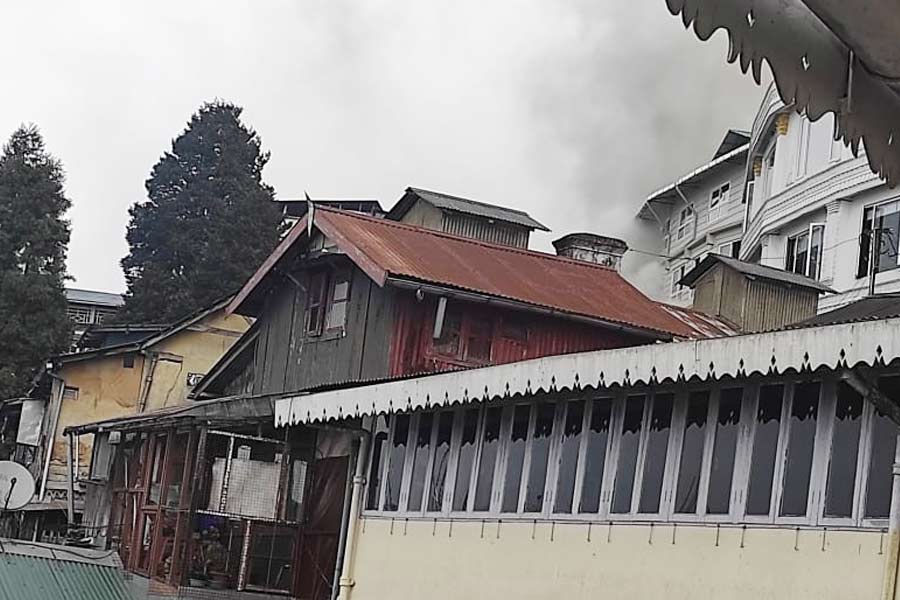Global warming and associated sea-level rise, salinisation of agricultural land, and changing patterns of rainfall across the world are disrupting and destroying livelihoods and making low-lying coastal areas and islands uninhabitable.
According to World Bank’s Groundswell report, climate change could lead to 216 million internal displacements by 2050. Hotspots of internal climate migration could emerge as early as 2030. Already, the number of disaster-related internal displacements exceeds the number of conflict-related displacements. According to the Internal Displacement Monitoring Centre, almost 98% of the disaster-related internal displacements in 2022 were caused by extreme weather events such as heat/cold waves, heavy downpours, cyclones and floods.
Movement of people is multi-causal. Specific movements are difficult to attribute to environmental change, especially to slow onset events such as desertification and rising sea level. Nevertheless, these movements are expected to increase, abruptly and in a non-linear manner. Solutions for people to move, for people on the move, and for people to stay will have to be found as different regions become increasingly uninhabitable.
Movement does not necessarily result in better outcomes and is known to lead to poverty and hardship, including loss of social and cultural ties. For some, movement is not even an option due to the erosion of financial and social resources by the effects of climate change.
Safe and orderly movement, otherwise known as managed retreat, away from deteriorating environmental conditions is a possible adaptation strategy that can diversify household incomes, improve living conditions, and result in positive development outcomes. However, the limited financial capacities of small island developing states and least-developed countries act as a major constraint. Governments in these countries are currently unable to guarantee livelihood opportunities and social security to, and the psychological well-being of, retreating populations. Despite their scanty role in the history of emissions, their populations are forced to face the consequences. This is climate injustice. Development deficit coupled with climate injustice moves them further away from the achievement of sustainable development goals. Climate injustice is also meted out to the climate-vulnerable, socio-economically disadvantaged populations in developed countries.
The UN climate change conference of 2023 took baby steps to address climate injustice. Years of debates and discussions finally resulted in an agreement to establish a dedicated Loss and Damage Fund. Loss and damage, in climate parlance, refers to all the adverse effects of climate change on human populations that occur regardless of mitigation and adaptation efforts. The Fund is intended to support recovery from the losses and damage that occur when climate-vulnerable regions are hit by frequent and ferocious extreme-weather events. Since CoP28, several countries, including India, have pledged around $700 million to the L&D Fund.
The popular imagination of dealing with loss and damage has been limited to an insurance-type approach; financial support is provided after the occurrence of an event. By suggesting the use of weather and climate data and models to apportion and make funds available pre-emptively, Richard Clarke, the climate activist, has proposed an innovative means to limit loss and damage.
Where losses cannot be avoided and damages cannot be repaired, the L&D Fund could facilitate managed retreat. This could be the opportunity to provide an effective protection regime for people on the move due to the impacts of climate change and develop frameworks that allow for people to move as an adaptation strategy.
Sampurna Sarkar is an early-career climate change adaptation practitioner-scholar. Anamitra Anurag Danda is an environmentalist. Views are personal











